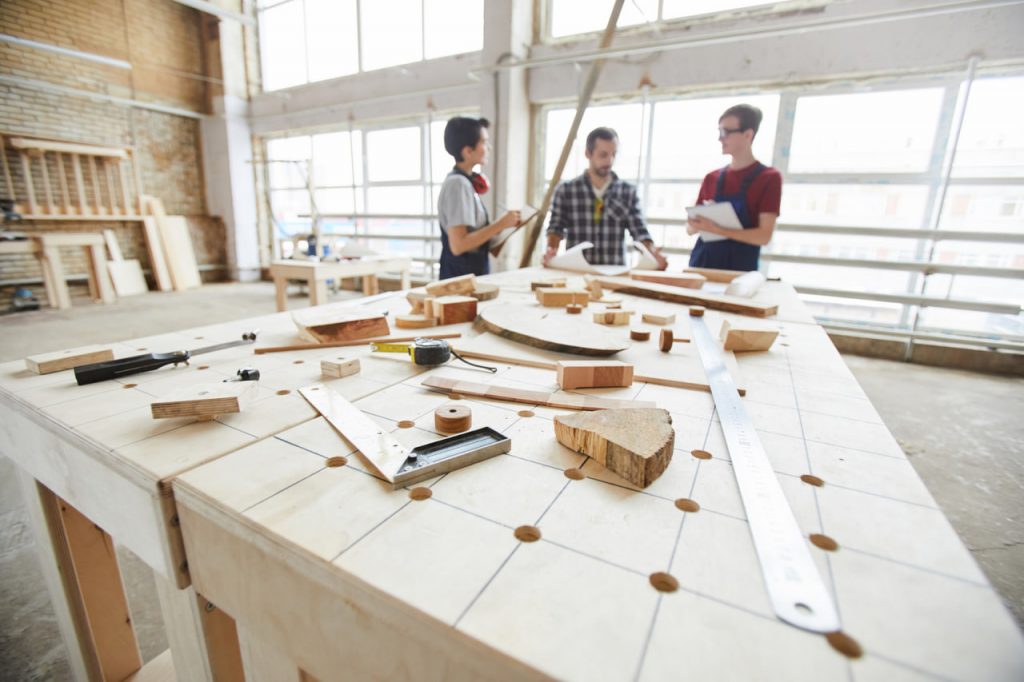Creating a balcony workshop offers the perfect blend of outdoor inspiration and practical workspace, but it also comes with the challenge of protecting your tools, materials, and workspace from the elements. Weatherproofing is essential to ensure that your balcony workshop remains functional, safe, and attractive through changing seasons and unpredictable weather. By implementing a few smart strategies, you can build a durable workshop that stands up to moisture, wind, sun, and temperature fluctuations.
The first step in weatherproofing your balcony workshop is to consider the type of materials you use for furniture, storage, and surfaces. Opt for weather-resistant and durable materials such as treated wood, metal with rust-proof coatings, or high-quality plastic composites. These materials can better withstand exposure to moisture and sunlight without warping, rusting, or deteriorating. When selecting storage cabinets or shelves, prioritize those specifically designed for outdoor use to ensure long-term protection.
Next, think about the placement and protection of your tools. Storing tools inside waterproof containers or weatherproof cabinets helps prevent rust and damage caused by humidity and rain. Using airtight bins with seals can further protect delicate materials from moisture and dust. It’s also beneficial to install pegboards or hooks under sheltered parts of the balcony, such as beneath an overhang or balcony roof, so that tools are less exposed to direct weather.
Sealing gaps and cracks around doors, windows, and walls is another important measure. Even small openings can allow water and cold air to seep into your workshop area, causing damage and discomfort. Using weatherproof caulk or sealants on these gaps helps maintain a more controlled environment within your workspace, making it easier to work year-round.
Flooring also requires special attention in an outdoor workshop. Choose slip-resistant, waterproof flooring materials such as outdoor tiles, composite decking, or rubber mats. These surfaces not only protect your balcony’s structure from water damage but also provide safer footing during wet or icy conditions. Additionally, consider installing a slight slope or drainage system to prevent water from pooling on the floor during heavy rains.
Covering your balcony workshop is essential for shielding it from rain and direct sunlight. A retractable awning or waterproof canopy can provide flexible protection, allowing you to work comfortably regardless of the weather. These covers can be adjusted or removed based on seasonal needs, maximizing your workspace usability throughout the year.
Proper ventilation is equally important. While you want to keep moisture out, adequate airflow prevents mold, mildew, and unpleasant odors that can arise in enclosed or damp spaces. Strategically placed vents or windows that open can maintain fresh air circulation without compromising protection from the elements.
Lastly, regular maintenance and inspections are crucial to the longevity of your weatherproofing efforts. Periodically check for signs of wear, leaks, or damage to materials and make repairs promptly. Applying protective coatings, such as sealants or varnishes, on wooden surfaces once or twice a year will enhance durability. Cleaning gutters and drainage paths ensures water flows away from your balcony workshop rather than pooling around it.

